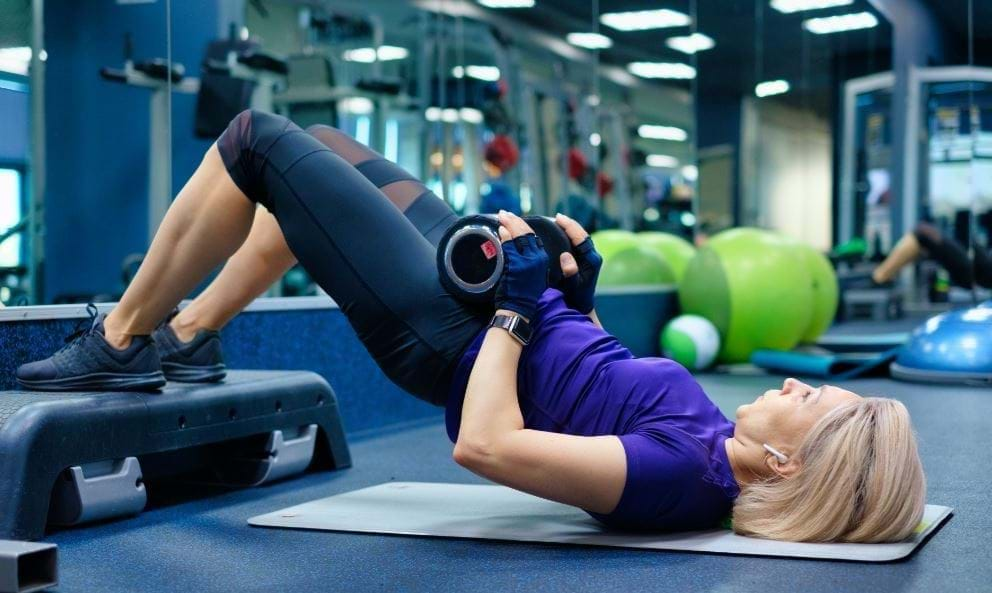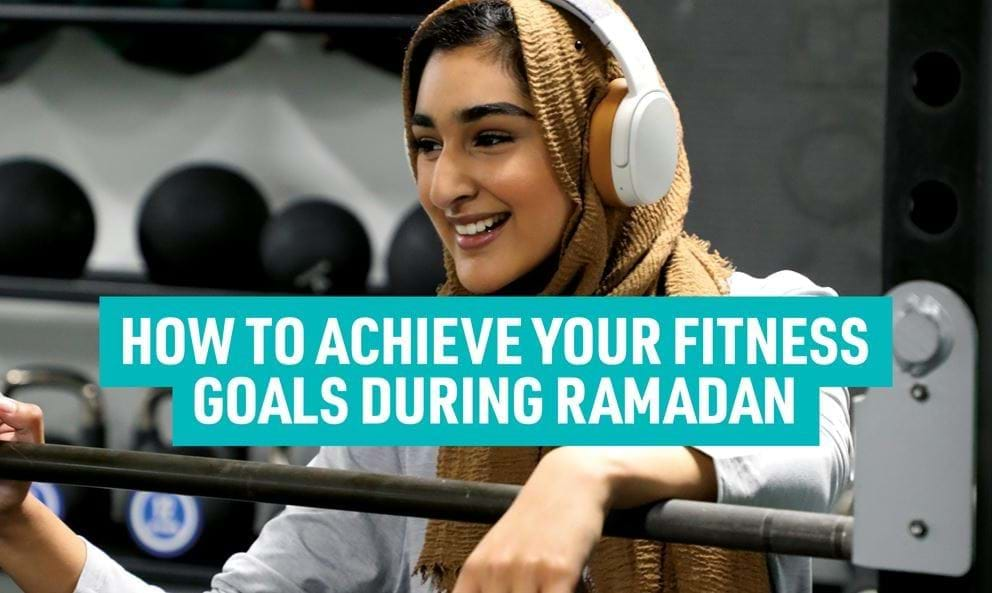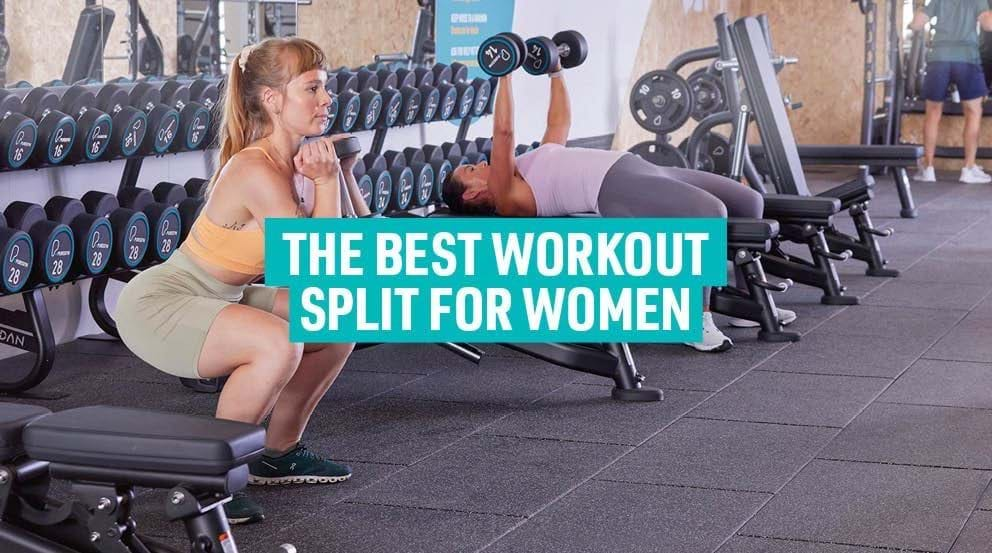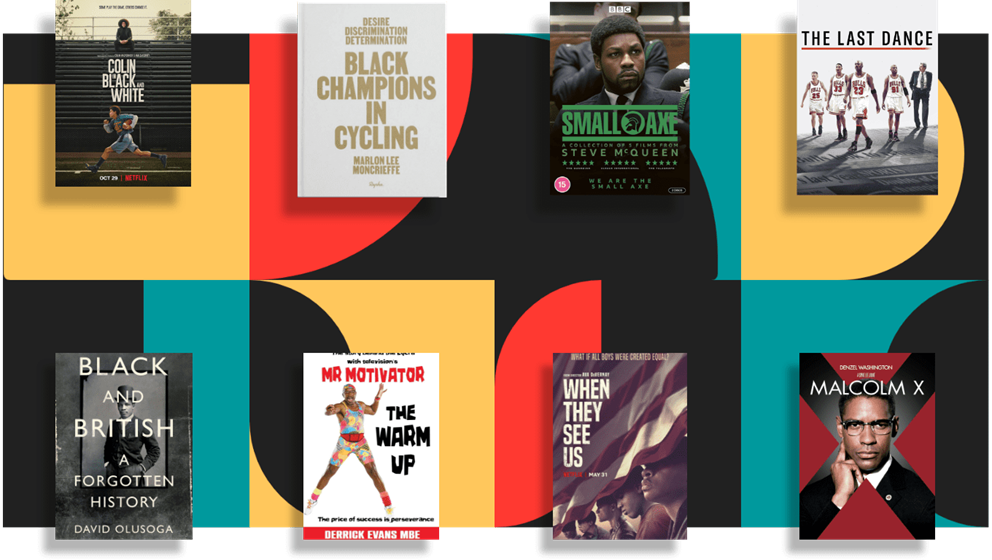The Best Glute Exercises for Women

The glutes (gluteal muscles) are the muscles around your buttocks, thighs, hips and pelvis and are key for movements such as lifting, rotating and extending your legs; they even help to keep you stable when standing.
WHY MIGHT WOMEN WANT TO WORK THEIR GLUTES?
The glutes are a major focus area for both men and women, as keeping them strong and supple helps to improve your posture, prevents injuries and can increase your athletic performance.
But what about women specifically? Why are glute-focused exercises so key? Here are just a few reasons why butt workouts are worth including in your next fitness session.
Reducing back pain: The glutes are a supportive muscle, and weakness in this area can lead to back pain. Women can be more prone to back pain, particularly after menopause, so keeping your glutes strong and healthy can help to minimize these issues.
A firm, toned behind: While we like to focus on boosting strength and fitness through working out, there’s also no ignoring the impact that training can have on the look of your body. By working out your glutes, you’re more likely to be able to tone your booty for a more shapely, firmer butt.
Easing pain or injury during pregnancy: Many pregnant people experience pelvic, hip and back pain throughout their pregnancy. Strong glutes can help to reduce this by stabilizing the sacroiliac joint in the pelvis, preventing excessive lumbar extension and helping avoid the overuse of the lower back.
Protecting joints: Particularly after menopause, women can also be more prone to joint issues such as osteoarthritis, causing aches and pain around areas such as the knees and hips. Strong glutes help to keep your thigh bone in a centered position during hip extensions, preventing hip pain. They can also stop your knees caving in towards each other, which can often be a major cause of knee issues.
TOP GLUTES EXERCISES FOR WOMEN
These are some of our favorite exercises for working your glutes and bum, whatever your goals. You can add these movements into your existing exercise routine or mix and match a few rounds of several of these exercises for the ultimate glute strengthening and shaping workout.
Not sure where to start? Try picking three movements and complete three to four sets of 8 - 12 reps of each.
1. Deadlifts
You can complete deadlifts with either a barbell or with a dumbbell in each hand. Just make sure to keep check of your form, maintain an engaged core and keep your back straight.
- Stand with your shins against the bar with your feet around shoulder-width apart.
- Hinging forward at your hips, squat down and reach down to grip the barbell (or dumbbells) with either an overhand grip, or one overhand, one underhand. Your hands should be placed slightly wider than your legs.
- Push your hips back until you feel a stretch in your hamstrings, making sure to keep your spine straight, abs braced, chest up, and shoulder blades pushed down. This is your starting position.
- Push through your feet and legs and extend your knees to drive up to standing position. As the barbell reaches above the knees, push your hips forward to drive the move. The barbell should travel in a straight vertical line.
- Pause at the top, keeping the bar close to your body, before reversing the movement back to starting position.
2. Hip Thrusts
If you’ve never done hip thrusts before, then start by just using your own body weight, before you add in any weight; you’ll definitely still feel the benefit of the movement through your glutes. Once you’ve perfected the form, you can integrate a dumbbell placed across your hips, before levelling up to a barbell. Don’t let your back overextend and keep your core engaged.
- Sit in front of a workout bench or a similar type of support (the edge of your bed could do the trick), with your shoulders leaning against the edge and knees bent.
- Your feet should be around shoulder-width apart, planted on the floor in front of you at a distance that allows your knees to be bent are at a 90-degree angle when you’re fully extended in the hip thrust. You might want to check this before adding a weight.
- If you’re not using a weight, feel free to place your elbows either side of you on the bench for additional support. If you are using a weight, position it so it is in line with your hip and use your hands to keep it stable.
- Engage your core and, while keeping your upper back in contact with the bench, start to squeeze your glutes and lift your hips up to the ceiling. Try to keep your upper body steady.
- When your body is forming a fairly straight line and your knees are at 90 degrees, hold for a moment before gently easing back down to starting position.
3. Sumo Squats
Again, start practicing squats using just your own bodyweight, they’ll be enough of a challenge if you’re a beginner. As you improve, you can start to integrate either handheld weights held at chest height or a barbell on your shoulders.
- Stand upright with your feet wider than shoulder-width apart, toes turned slightly outwards.
- Engage your core, push your shoulders down and back, and maintain an upright chest throughout.
- Lower your hips towards the floor, with a focus on sending them back as if you’re sitting on a chair - your knees shouldn’t push further forward than your toes.
- If you’re a beginner, aim to dip as low as you can, but the goal is to squat until your thighs are parallel or below parallel to the floor, depending on your mobility.
- Hold for a moment before pushing through your heels and driving your hips upwards to return to standing.
4. Standing Glute Kickbacks
Great for sculpting your bum and legs, as well as boosting your core stability and working your hip flexors, kickbacks can be done without any equipment, or you can add a resistance band around your legs or use the cable machine with an ankle cuff attachment to add more of a challenge.
- Stand upright with your feet shoulder-width apart and shoulders dropped back and down, your right foot stepped slightly behind you.
- Place your hands on your hips and balance on your left leg.
- Keeping your core engaged and your leg straight, slowly kick your right leg back about 6 inches or so before returning it to starting position.
- Complete a set before repeating on with the other foot.
5. Walking Lunges
This is an extremely effective movement on its own, or you can hold a dumbbell in each hand for added weight. Lunges are an excellent movement for targeting your whole lower body and core.
- Stand tall with shoulders back and core engaged, feet shoulder-width apart.
- Take a big step forward with one leg, then bend that front knee until your thigh is parallel with the floor at 90 degrees. Your back knee should be nearly touching the floor.
- Push upwards through the front leg to return to standing, while also stepping the back leg up and over into another forward lunge.
6. Step-Ups
This is another move that can be completed with either just your own weight, or with a dumbbell in each hand. Step-ups don’t just target your glutes – it also works your quads, hamstrings, and most of your lower body. As the name suggests, you’ll need a step, plyo box or bench directly in front of you. If you’re using dumbbells, hold them up at shoulder height. You can also increase the challenge by raising the height of the step.
- Stand tall on the floor with your shoulders back and core engaged.
- Step up onto the platform with one foot, then push down through the heel to straighten your leg and propel your body upwards.
- Bring your back foot up to meet your front foot on the step.
- Bending your knees as you move, step the first leg back down off the platform before repeating with the other leg.
7. Kettlebell Swing
An excellent full-body movement, kettlebell swings work your glutes, hamstrings, quads, and core, plus they help to strengthen your back and shoulders. You’ll need a kettlebell - start with a lower weight and work up to heavier options once you’ve perfected the action.
- Stand with your back straight and feet shoulder-width apart.
- Hinge your hips backward and lower yourself into a half-squat to pick up the kettlebell with both hands, palms facing inwards towards your body.
- Keeping your core tight and a slight bend in your knees, squeeze your glutes and push your hips forward while straightening your legs. This explosive movement will drive the kettlebell swing.
- Stop when the kettlebell reaches chest high and then allow the kettlebell to swing back down into starting position, keeping your core engaged to control the movement.
8. Stability Ball Bridge
This is effectively a glute bridge with a difference - the addition of the stability ball means you’ll be working your core and glutes even harder to keep your balance. If you don’t have a stability ball, you can stick to regular glute bridges and you’ll still be able to work your glutes well.
- Lie on your back, with your feet on top of the stability ball. Your knees should be bent to 90 degrees so your shins are parallel with the floor.
- Keep your palms on the floor for balance.
- Keeping your core engaged and the stability ball still, push through your heels and raise your hips in the air, focusing on squeezing your glutes.
- Once your body is forming a straight line from knees to neck, hold for a moment, before slowly easing back down - don’t forget to focus on keeping the stability ball as still as possible.
Don't forget to work your legs in addition to your glutes to ensure even muscle development! Check out our Workout Guides section of the blog for other leg and glute workouts.


